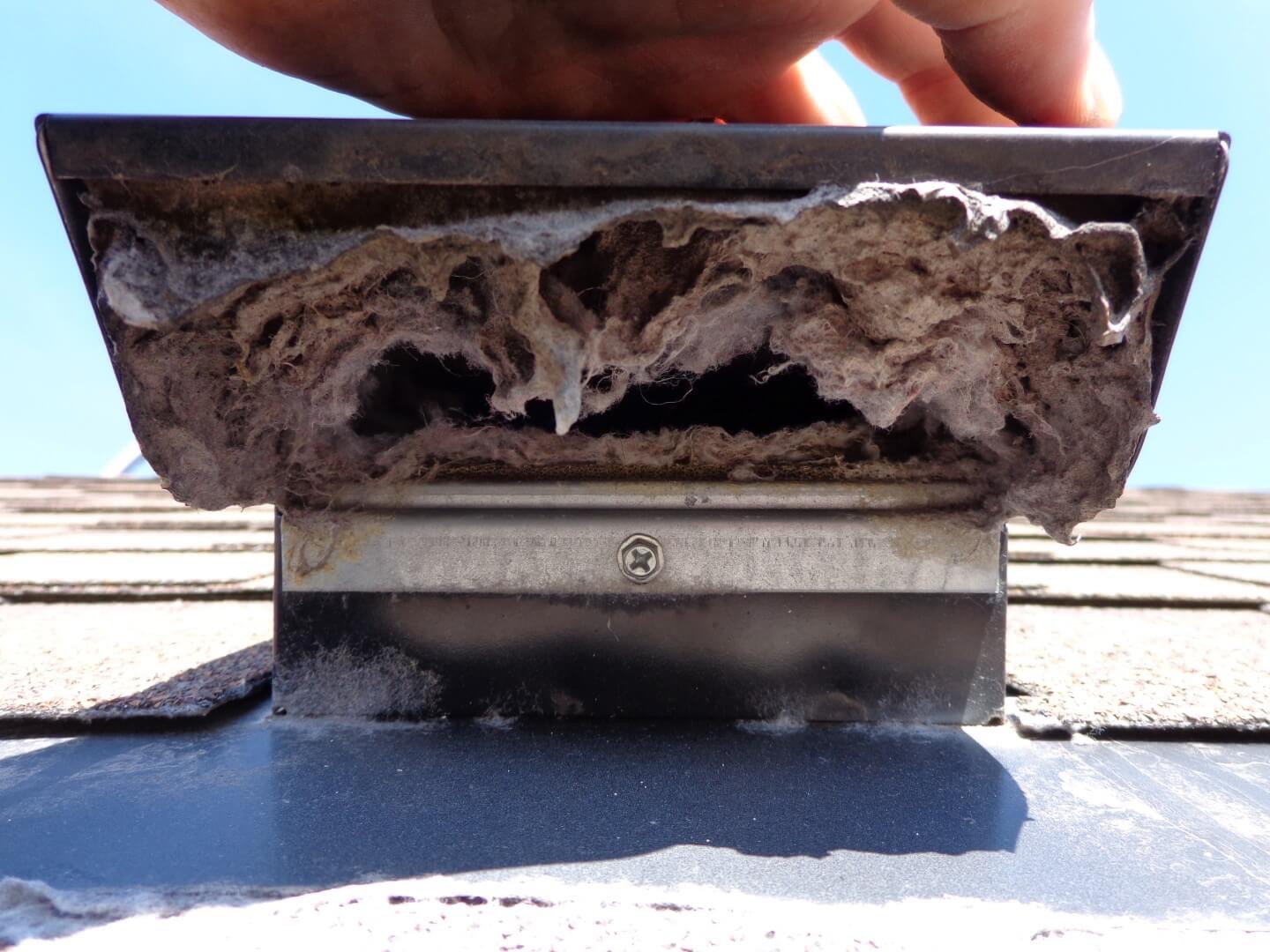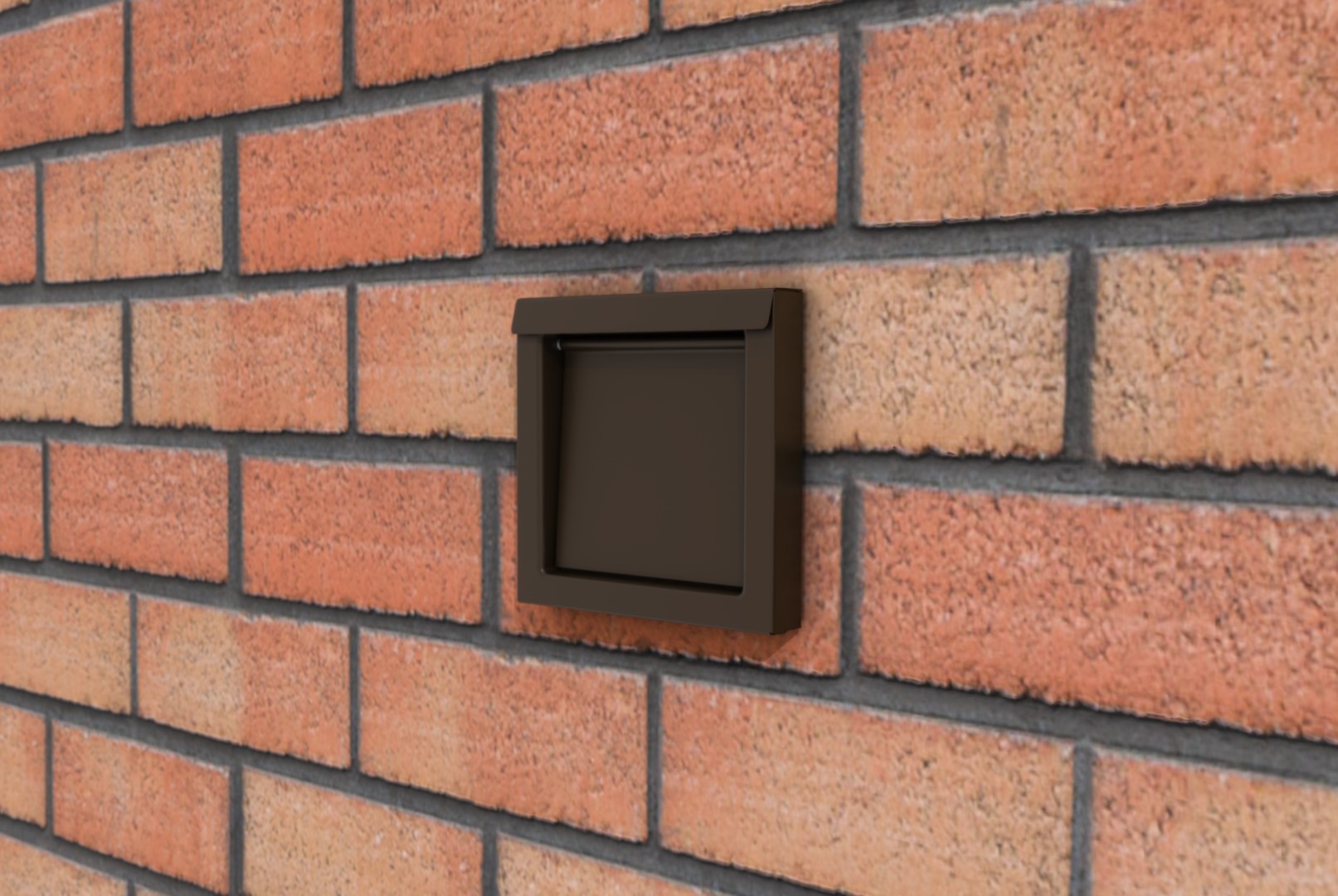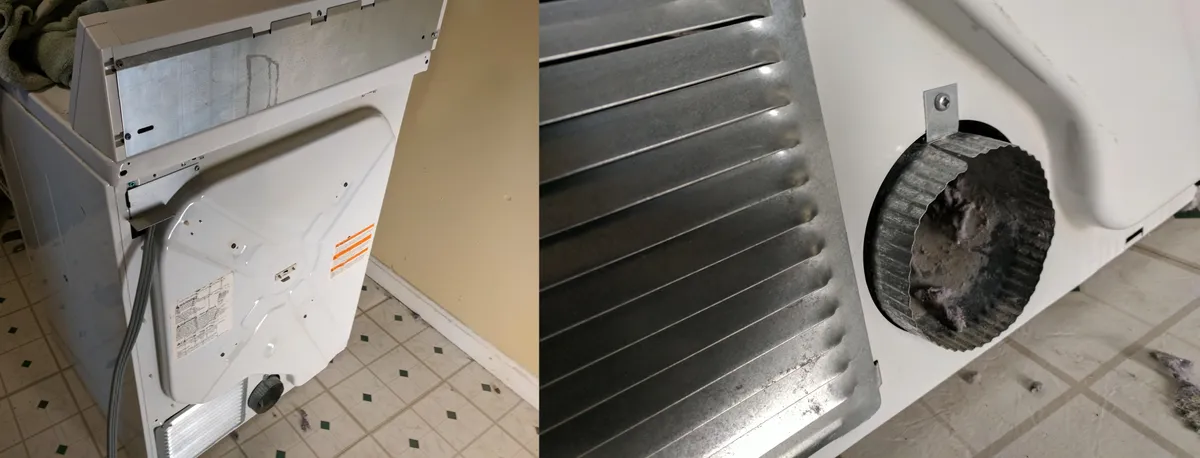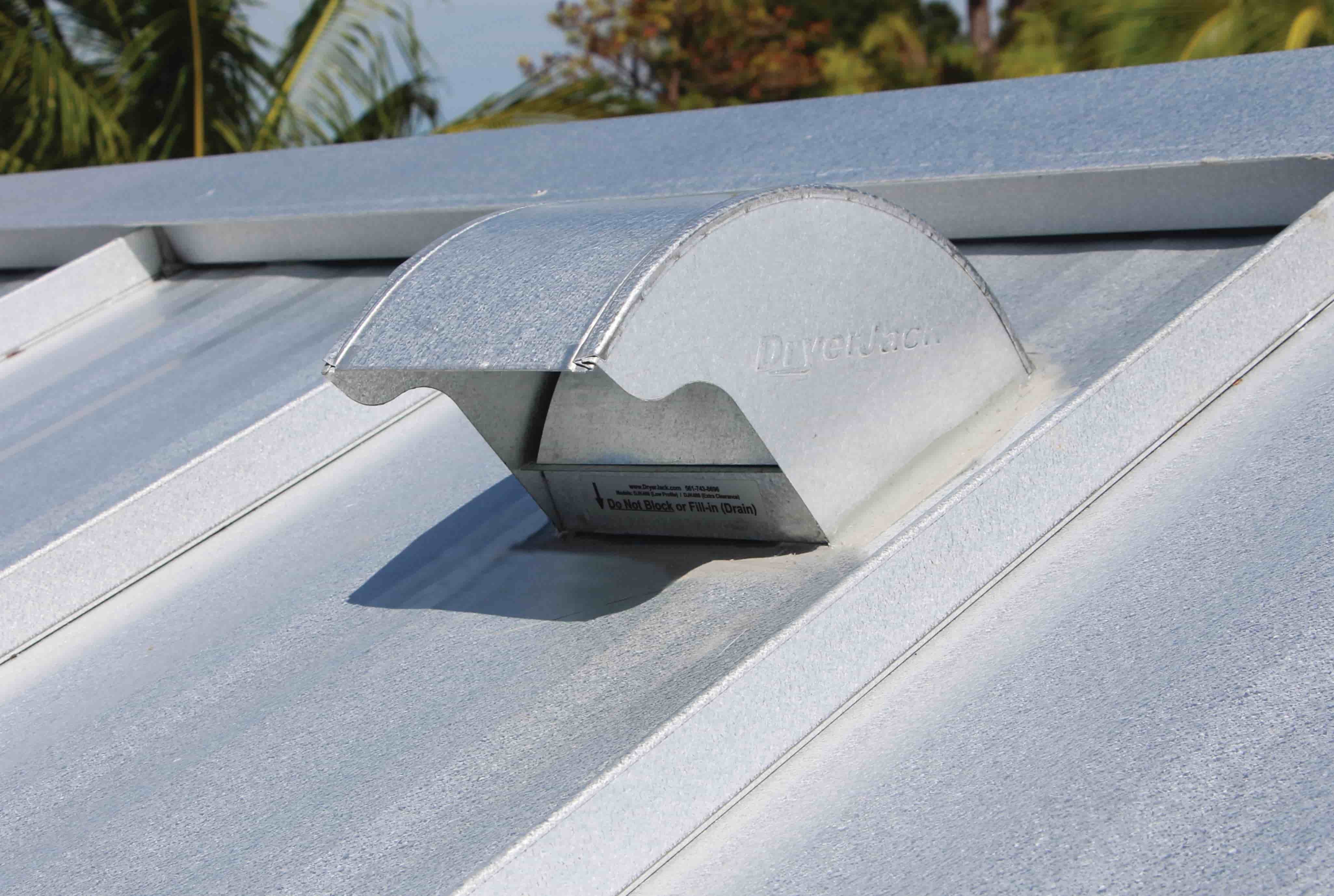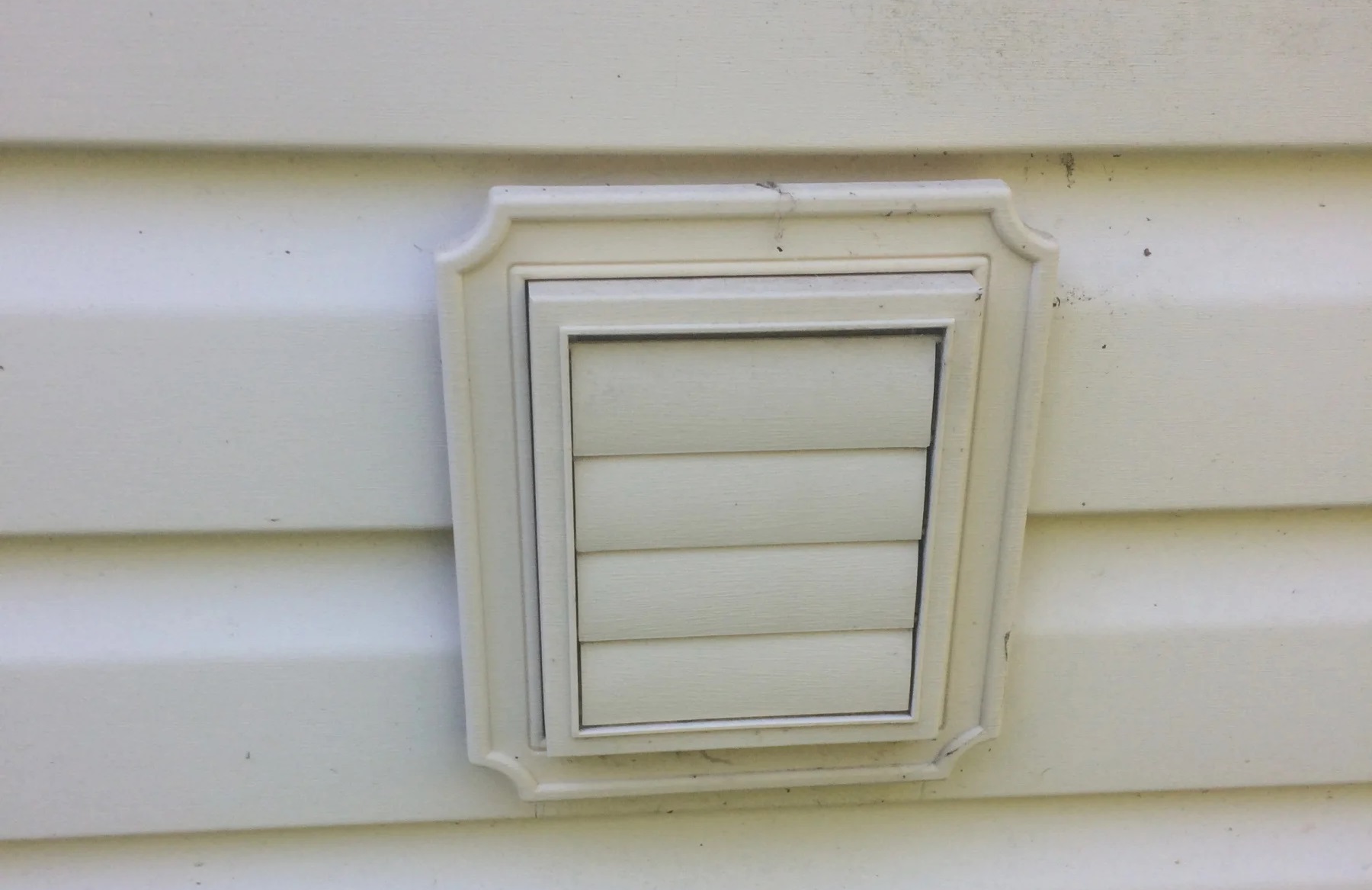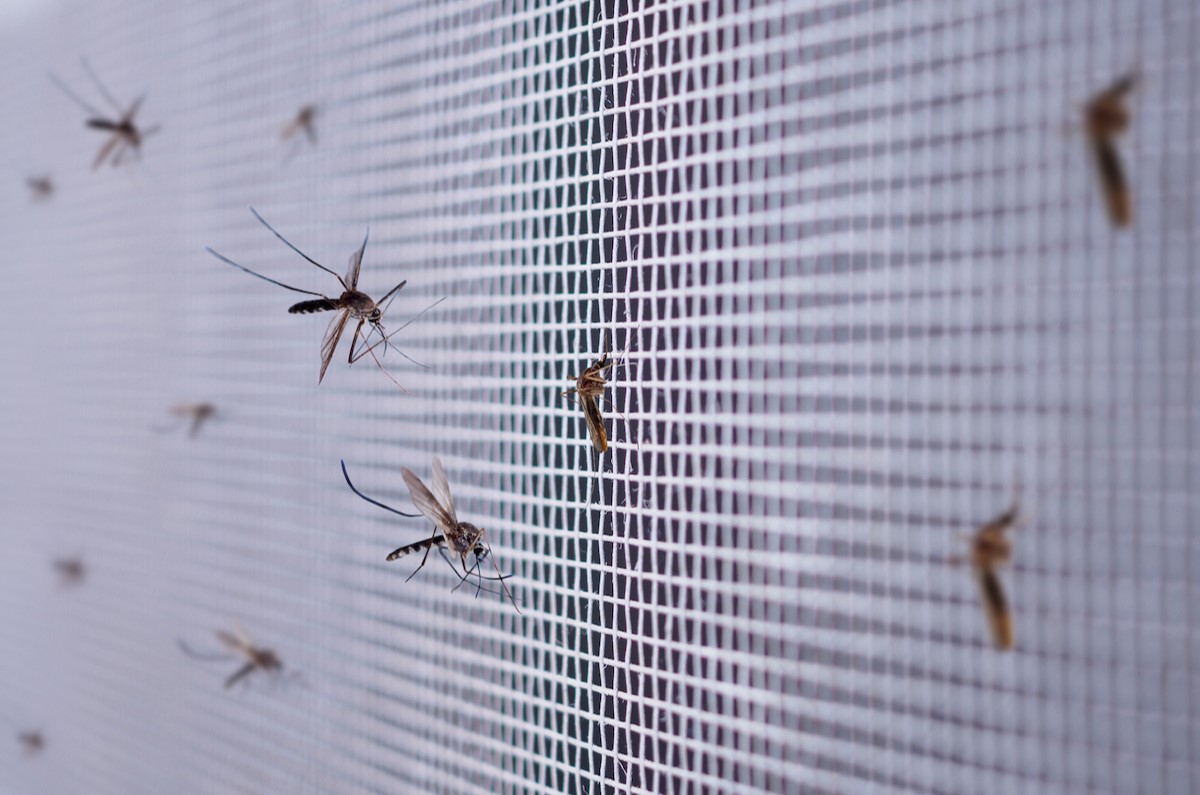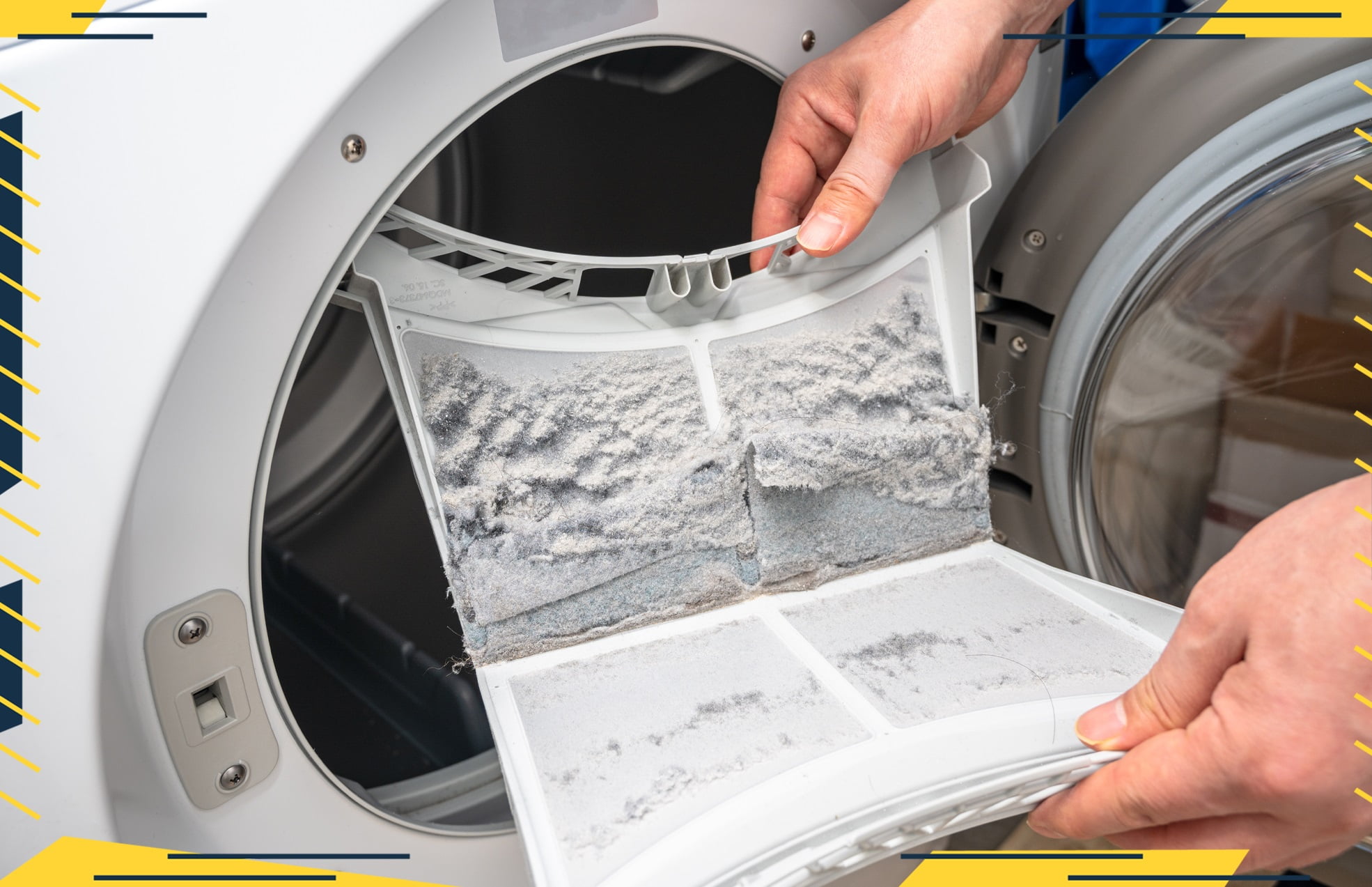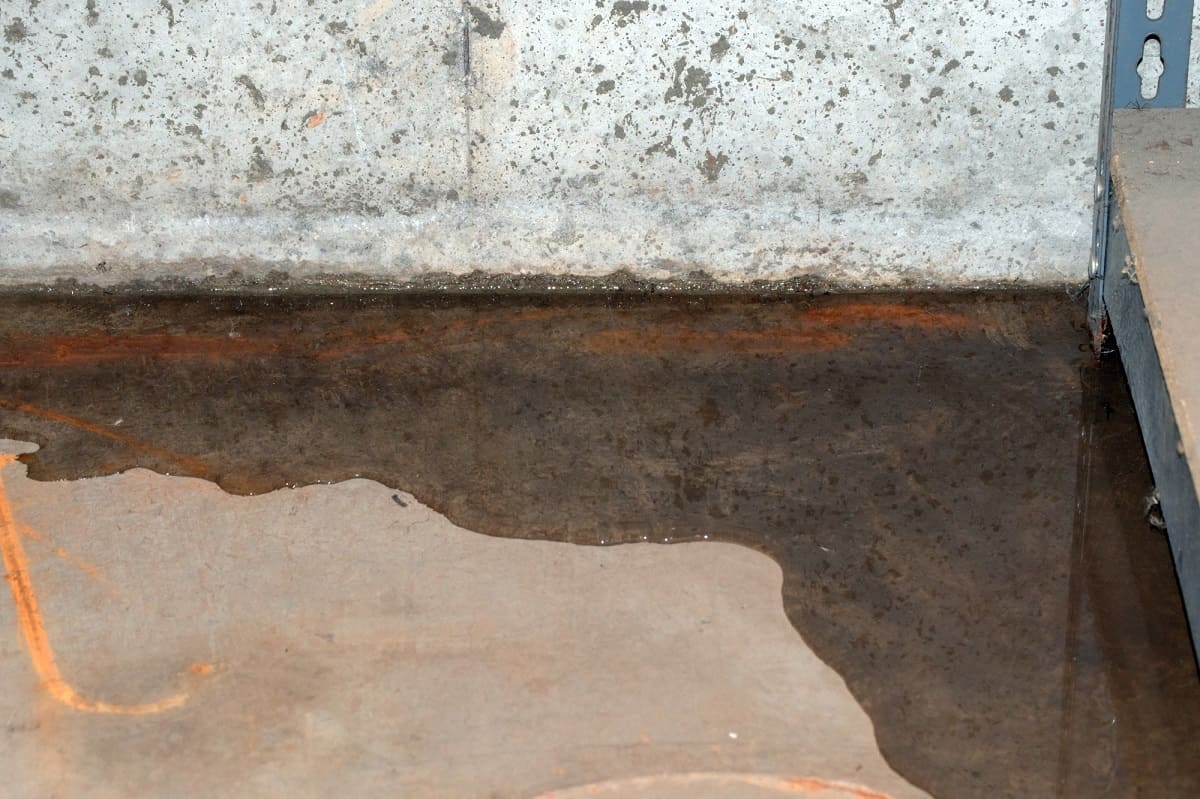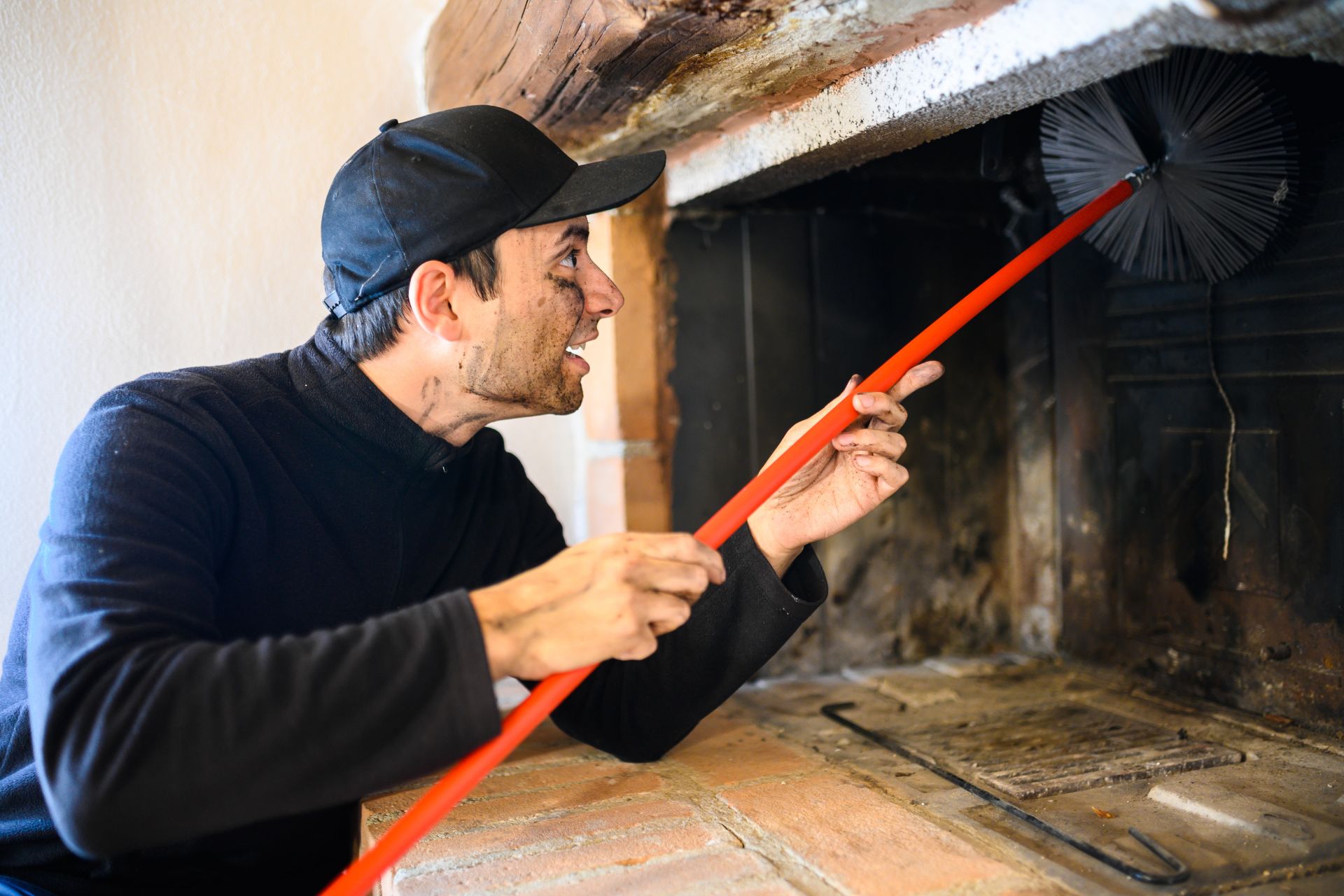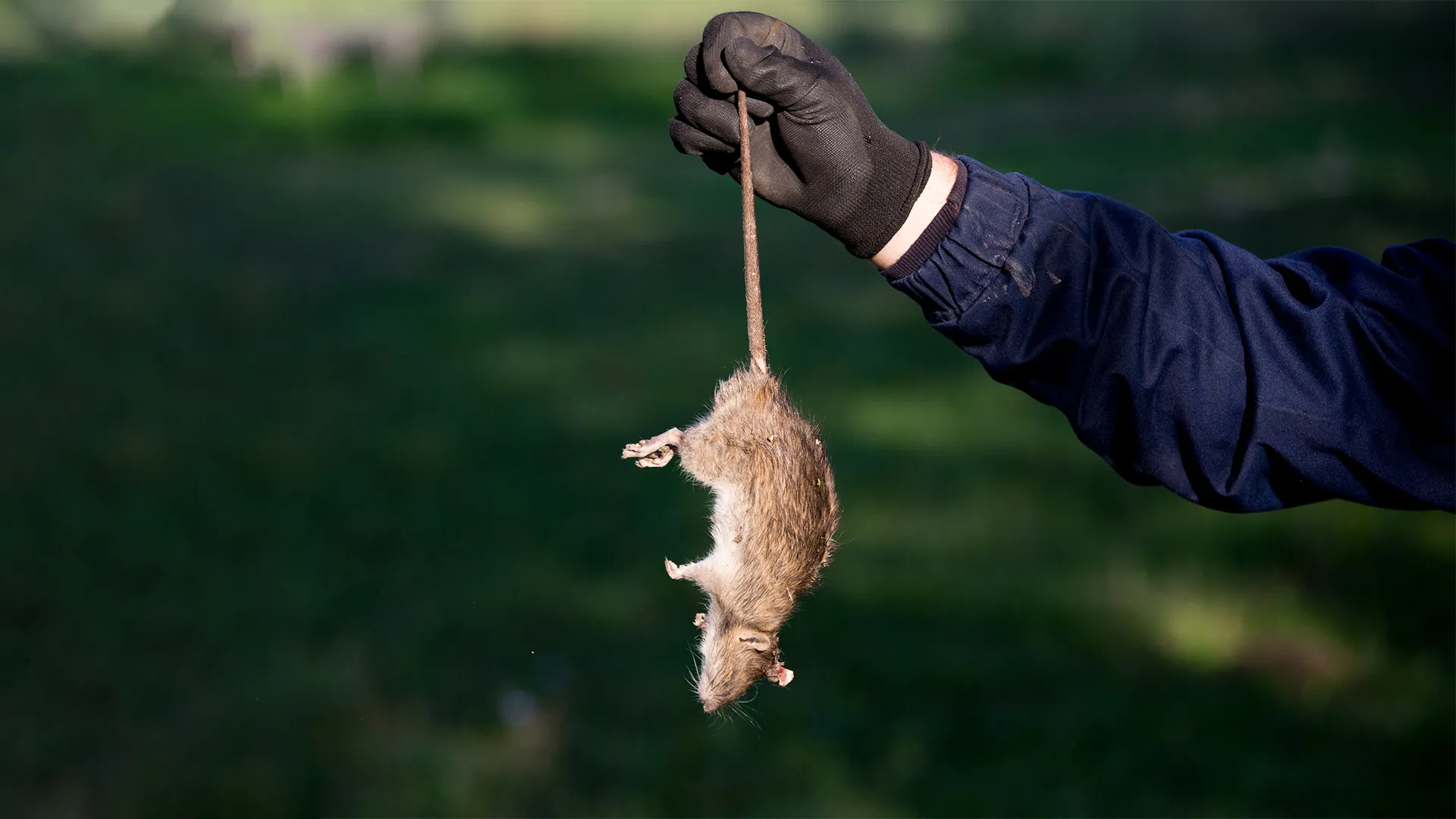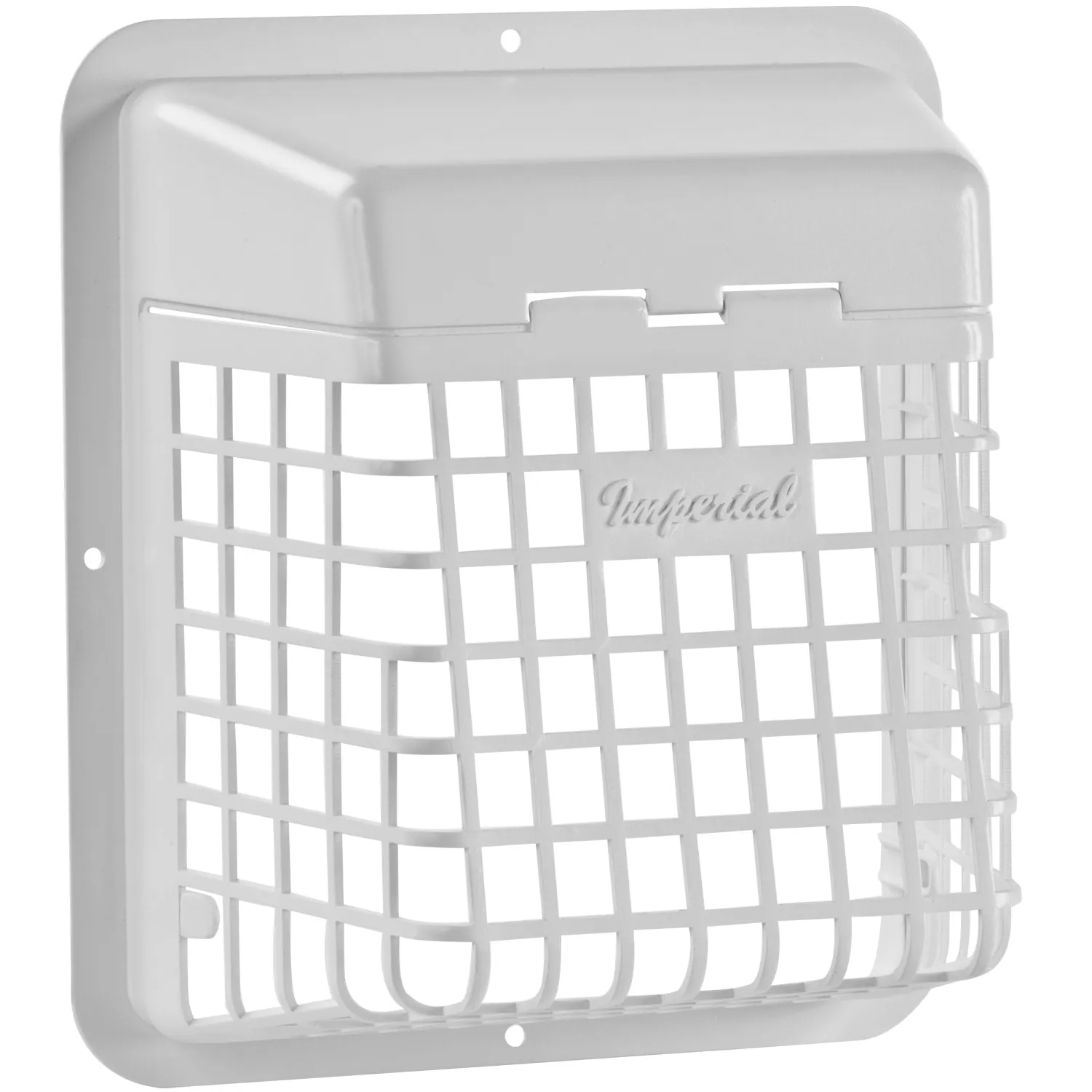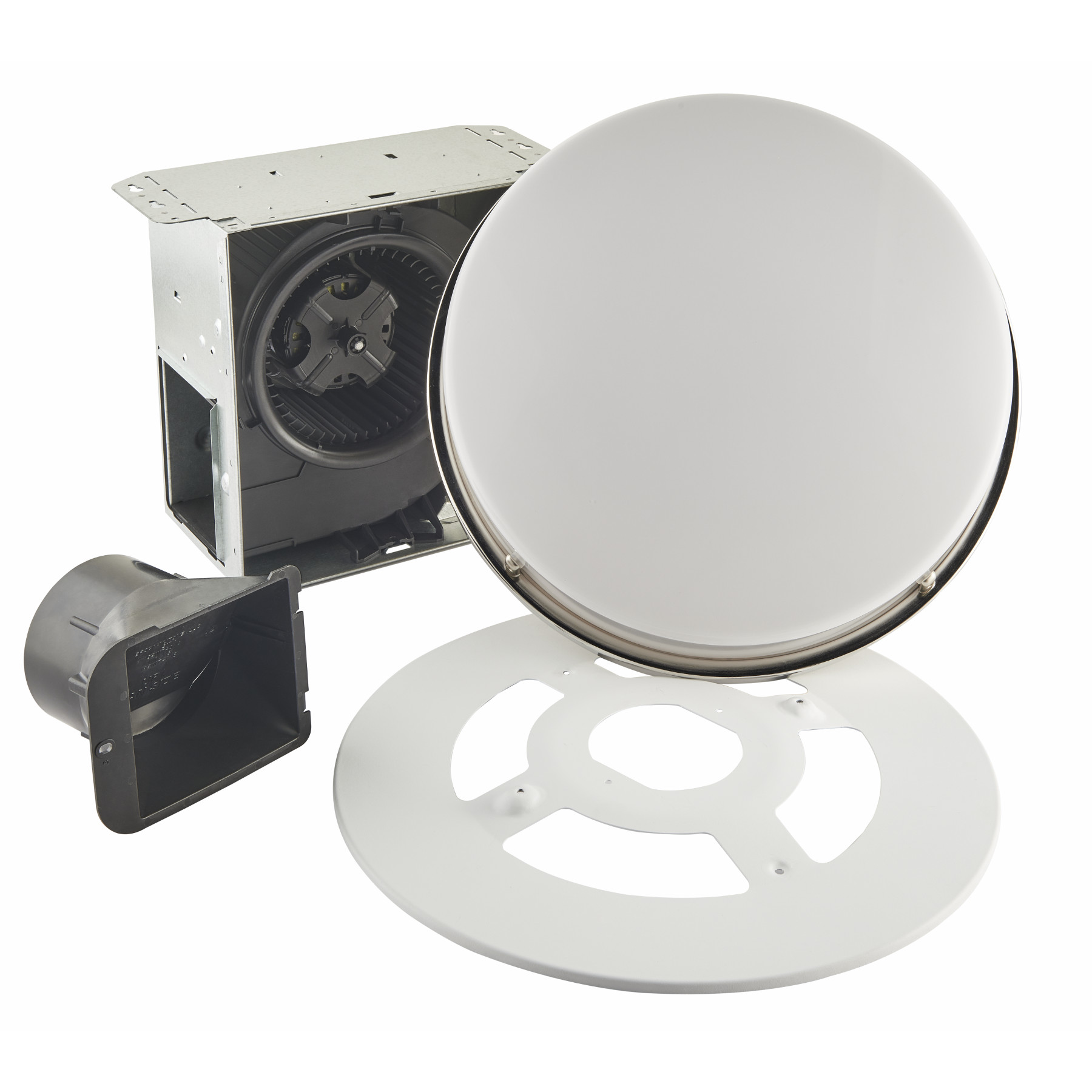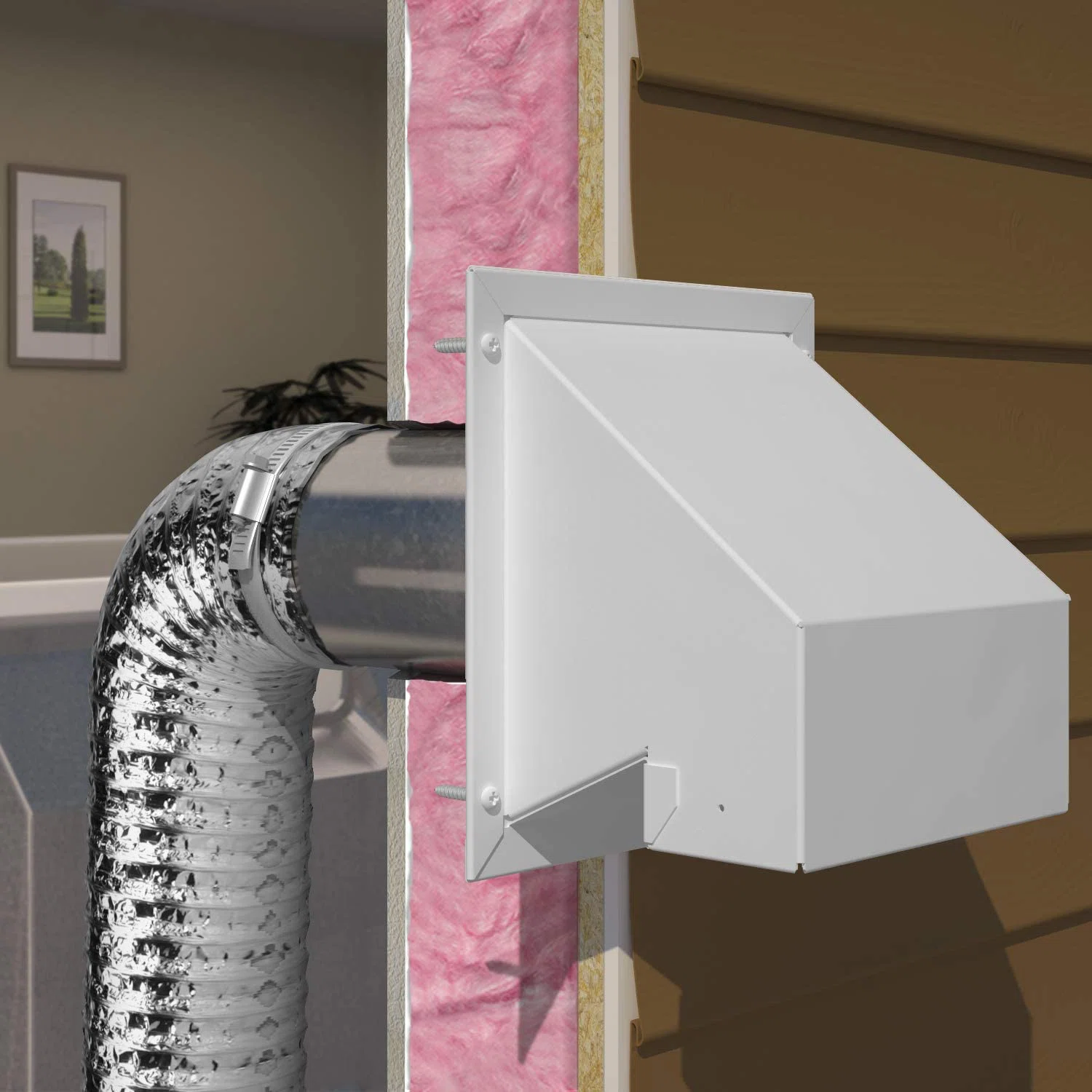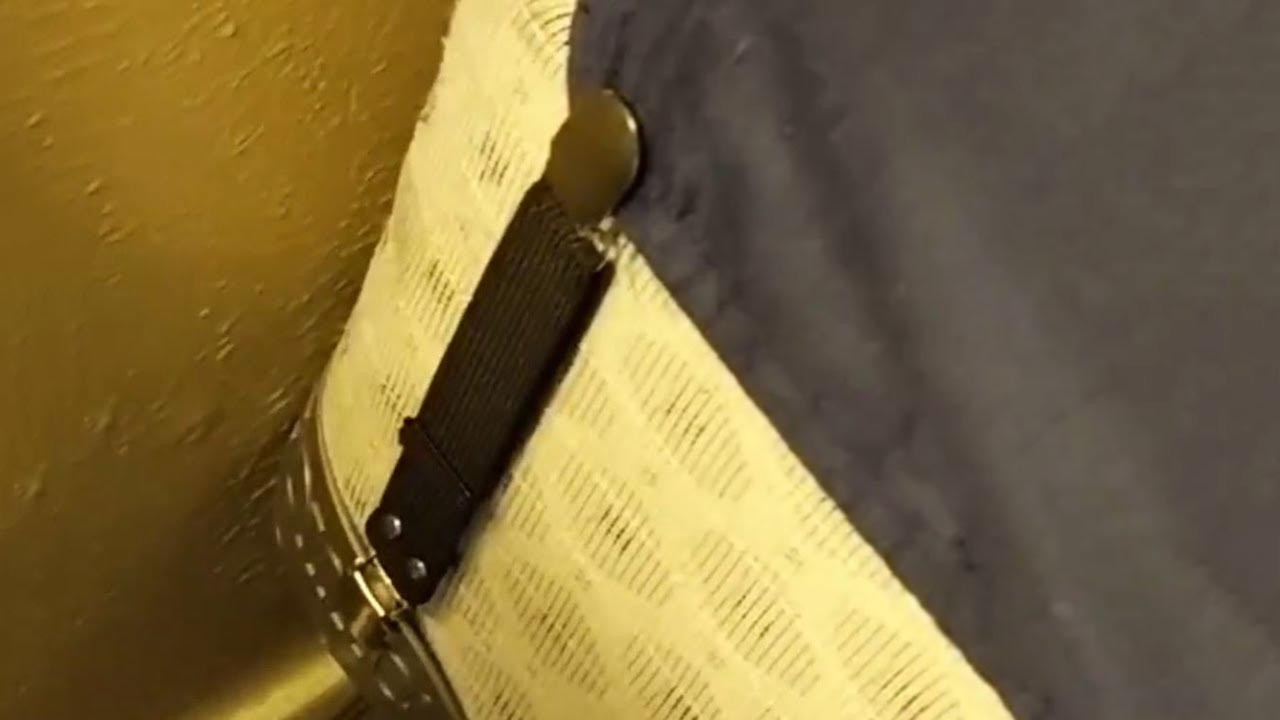Home>Home Maintenance>How To Keep Cold Air From Coming Through A Dryer Vent
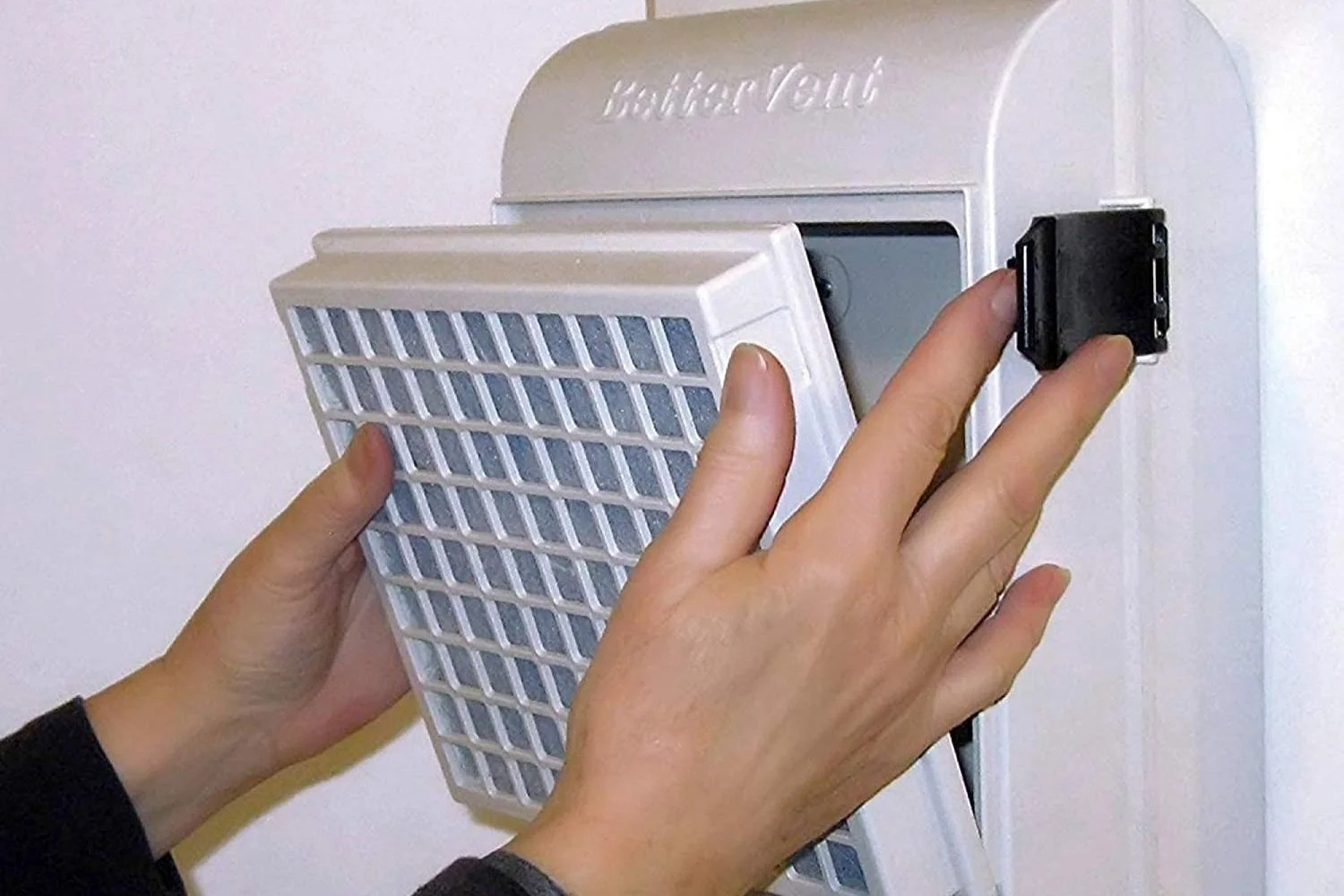

Home Maintenance
How To Keep Cold Air From Coming Through A Dryer Vent
Modified: October 19, 2024
Learn how to prevent cold air from entering your home through the dryer vent with these simple home maintenance tips. Keep your home warm and energy-efficient.
(Many of the links in this article redirect to a specific reviewed product. Your purchase of these products through affiliate links helps to generate commission for Storables.com, at no extra cost. Learn more)
Introduction
Welcome to our comprehensive guide on how to keep cold air from coming through a dryer vent. If you’ve ever noticed a chilling draft in your laundry room or felt cold air seeping into your home through the dryer vent, you’re not alone. This common issue can make your home less comfortable, decrease energy efficiency, and increase heating costs during colder months.
In this article, we’ll delve into the various causes of cold air entering through a dryer vent and provide you with effective solutions to combat this problem. By following our tips and recommendations, you’ll be able to seal your dryer vent properly and prevent the entry of cold air, ensuring a warmer and more energy-efficient home.
So, let’s dive in and understand more about why cold air might be coming through your dryer vent and explore the steps you can take to remedy the situation.
Key Takeaways:
- Seal your dryer vent to keep cold air out. Inspect, repair, and insulate the vent pipe to prevent infiltration. Regular maintenance is key to a warmer, more efficient home.
- Consider a vent booster fan and improve insulation to further safeguard your dryer vent. Keep the vent clean and free of obstructions for optimal performance.
Understanding the Issue
To effectively address the problem of cold air coming through a dryer vent, it’s important to have a clear understanding of how dryer vents work. A dryer vent is a crucial component of your home’s ventilation system, responsible for expelling hot air and moisture from your dryer to the outside. However, this vent can also allow cold air to enter your home if not properly maintained or sealed.
The cold air infiltration can occur for several reasons. One common cause is the presence of gaps or cracks in the dryer vent pipe or the vent opening on the exterior of your home. These openings can allow cold outside air to seep in and interfere with the warm air being expelled from the dryer.
Another possible reason for cold air entering through the dryer vent is improper insulation. If the vent pipe is located in an unconditioned or poorly insulated area, such as an attic or crawl space, the cold air from these areas can infiltrate the pipe and make its way into your home.
In some cases, the issue may not be related to the dryer vent itself but rather to other ventilation components, such as the wall or roof vents. If these vents are damaged, improperly installed, or blocked by debris, they may allow cold air to enter the dryer vent system and ultimately your home.
Now that we have a better understanding of the issue, let’s explore the common causes of cold air coming through a dryer vent and how to identify them.
Common Causes of Cold Air Coming Through a Dryer Vent
There are several common causes that can lead to cold air coming through a dryer vent. Understanding these causes is crucial in order to effectively address the issue and prevent further cold air infiltration. Let’s take a closer look at each possible cause:
- Gaps or cracks in the vent pipe: Over time, the vent pipe connecting your dryer to the exterior vent opening can develop gaps or cracks. These openings provide an entry point for cold air to seep into the pipe and make its way into your home. Inspecting the vent pipe for any signs of damage or deterioration is important to identify and address these gaps.
- Inadequate vent cover: The vent opening on the exterior of your home should be equipped with a proper vent cover or hood. This cover helps to direct the airflow outwards while preventing unwanted elements, such as cold air, from entering. If the vent cover is damaged, improperly installed, or missing, it can allow cold air to infiltrate the vent system.
- Improperly insulated vent pipe: The insulation surrounding the vent pipe plays a crucial role in preventing cold air infiltration. If the vent pipe runs through an unconditioned or poorly insulated area, such as an attic or crawl space, the lack of insulation can allow cold air from these spaces to seep into the pipe and enter your home. Ensuring proper insulation around the vent pipe is essential to prevent this issue.
- Damaged or blocked wall/roof vents: The wall or roof vents connected to the dryer vent system can also be a source of cold air infiltration. If these vents are damaged, improperly installed, or blocked by debris, they can create openings that allow cold air to enter the vent system. Regular inspection and maintenance of these vents are necessary to ensure proper airflow and prevent cold air from entering.
- Incorrect vent routing: The way the vent pipe is routed can also contribute to cold air infiltration. If the vent pipe is excessively long or has too many bends and turns, it can impede the airflow and create areas where cold air can accumulate and enter the system. Ensuring a direct and efficient vent routing can help minimize cold air infiltration.
By understanding these common causes, you can now assess the condition of your dryer vent system and identify any underlying issues that may be contributing to the cold air infiltration. In the next section, we’ll explore how to assess the condition of your dryer vent and determine the necessary steps to seal it properly.
Assessing the Condition of the Dryer Vent
Before you can effectively seal a dryer vent to prevent cold air infiltration, it’s important to assess the condition of the vent system. This will help you identify any areas of concern and determine the best course of action. Follow these steps to assess the condition of your dryer vent:
- Inspect the vent pipe: Begin by visually inspecting the vent pipe for any visible damage, such as gaps, cracks, or signs of wear. Pay close attention to the joints and connections, as these areas are prone to leakage. If you notice any damage or deterioration, it may be necessary to replace or repair the affected sections of the vent pipe.
- Check the vent opening: Examine the vent opening on the exterior of your home. Ensure that it is properly covered with a vent hood or cover. Look for any signs of damage, such as missing or broken parts, and make sure the cover is securely installed. If the vent opening is damaged or improperly covered, it may need to be repaired or replaced.
- Assess the insulation: Determine if the vent pipe is properly insulated, especially if it runs through an unconditioned or poorly insulated area. Check for sufficient insulation around the pipe to prevent cold air infiltration. If the insulation is inadequate or damaged, consider adding or replacing it to improve energy efficiency and reduce cold air entry.
- Inspect wall/roof vents: Take a close look at the wall or roof vents connected to the dryer vent system. Ensure they are intact, properly installed, and free from any blockages. Remove any debris or obstructions that may impede airflow. If any vents are damaged or blocked, they should be repaired or cleaned to maintain proper ventilation.
- Evaluate the vent routing: Consider the route of the vent pipe from the dryer to the exterior opening. Assess if there are any excessive bends, turns, or length that could impede airflow and contribute to cold air infiltration. If the vent routing is inefficient, consider re-routing the pipe or making necessary adjustments to enhance airflow and minimize cold air entry.
By thoroughly assessing the condition of your dryer vent, you’ll have a better understanding of any underlying issues that need to be addressed. Whether it’s repairing damaged sections, insulating the vent pipe, or improving the vent routing, addressing these concerns will help seal the vent properly and prevent cold air from entering. In the next section, we’ll explore various methods to seal your dryer vent and keep cold air at bay.
Consider installing a vent cover with a flap to prevent cold air from entering through the dryer vent. This will help to keep the cold air out while still allowing the dryer to function properly.
Sealing the Dryer Vent from Cold Air
Now that you have assessed the condition of your dryer vent system and identified any areas of concern, it’s time to seal the vent to prevent cold air infiltration. Below are some effective methods to seal your dryer vent and keep the cold air out:
- Apply caulk or duct tape: If you notice any gaps or cracks in the vent pipe joints or connections, it’s crucial to seal them properly. You can use heat-resistant caulk or aluminum tape designed for HVAC applications to seal these openings. Apply the caulk or tape generously, ensuring a tight and secure seal. This will prevent cold air from entering through any gaps or cracks in the vent pipe.
- Install or replace vent covers: If the vent opening on the exterior of your home is damaged, missing, or not properly covered, it’s essential to install or replace the vent cover. Choose a vent cover with a flapper or damper mechanism that allows for proper airflow out of the vent while blocking cold air from entering. Ensure it is securely attached to the exterior wall to avoid any gaps that can permit cold air infiltration.
- Insulate the vent pipe: If the vent pipe runs through an unconditioned or poorly insulated area, such as an attic or crawl space, consider insulating it to prevent cold air entry. Use foam insulation sleeves or wrap the vent pipe with fiberglass insulation to create a barrier against the cold. Be sure to leave enough space around any heating sources or electrical components to avoid fire hazards.
- Replace damaged sections: If you find any severely damaged or deteriorated sections of the vent pipe during the assessment, it may be necessary to replace those sections entirely. Damaged sections can compromise the integrity of the vent system and allow cold air to infiltrate. Replace them with new vent pipes and ensure proper sealing at the joints to maintain airtightness.
- Consider a secondary cover: In areas with extremely cold temperatures, you can install a secondary cover on the interior side of the vent opening. This additional cover provides an extra layer of insulation and helps prevent cold air from seeping through the exterior vent. Make sure the secondary cover is easy to remove for maintenance and cleaning purposes.
Remember, proper sealing of the dryer vent is crucial not only to prevent cold air infiltration but also to ensure optimal energy efficiency and safety. Regularly inspect the vent system and reseal as needed to maintain an airtight and efficient ventilation system. In the next section, we’ll explore additional tips to help prevent cold air from entering through your dryer vent.
Read more: How To Vent A Dryer Through The Roof
Insulating the Dryer Vent Pipe
Insulating the dryer vent pipe is an effective way to prevent cold air from entering your home through the vent system. By adding insulation to the pipe, you create a barrier that helps maintain the temperature of the air being expelled and prevents cold air infiltration. Here’s how you can insulate your dryer vent pipe:
- Choose the right insulation material: Select insulation material that is suitable for your specific dryer vent pipe. Two common options are foam insulation sleeves and fiberglass insulation wrap. Foam insulation sleeves are pre-shaped tubes that fit around the vent pipe, while fiberglass insulation wrap is a flexible roll that can be wrapped tightly around the pipe.
- Measure and cut the insulation: Measure the length of the vent pipe that needs to be insulated. Use a utility knife or scissors to cut the insulation material to the appropriate length. Ensure that the cut piece will tightly wrap around the pipe without gaps or overlaps.
- Wrap the insulation around the pipe: For foam insulation sleeves, simply slide the pre-shaped sleeve onto the vent pipe, ensuring a snug fit. For fiberglass insulation wrap, start at one end of the pipe and tightly wrap the insulation around the pipe in a spiral motion. Secure the insulation in place using HVAC aluminum tape or wire ties.
- Ensure proper ventilation: While insulating the vent pipe, make sure not to cover or obstruct any ventilation openings, such as the dryer vent hood or any wall/roof vents. Proper airflow is vital for the efficient operation of your dryer and the prevention of lint buildup and moisture accumulation.
- Take safety precautions: When working with insulation materials, it’s important to wear appropriate protective gear, such as gloves and a dust mask, to minimize skin and respiratory irritation. Follow the manufacturer’s instructions for safe handling and installation of the insulation material.
Insulating the dryer vent pipe is a relatively simple and cost-effective way to reduce cold air infiltration and improve the energy efficiency of your dryer. By creating a thermal barrier around the vent pipe, you can enhance the performance of your dryer, prevent heat loss, and keep cold air from entering your home. In the next section, we’ll explore some additional tips to further prevent cold air from coming through your dryer vent.
Other Tips to Prevent Cold Air from Entering Through a Dryer Vent
In addition to sealing and insulating the dryer vent, here are some additional tips to further prevent cold air from entering through your dryer vent:
- Keep the vent clean: Regularly clean out any lint or debris that may accumulate in the vent pipe or vent opening. A clogged vent can restrict airflow and lead to issues such as reduced drying efficiency and increased risk of overheating. Use a dryer vent brush or vacuum attachment to remove any lint buildup from the vent system.
- Check for obstructions: Periodically check for any obstructions near the exterior vent opening. Trim back any overgrown vegetation or remove any objects that may block the vent and hinder proper airflow. Ensuring a clear path for the expelled air will help prevent cold air from being drawn into the vent system.
- Consider a vent booster fan: If your dryer vent is excessively long or has multiple bends, it may benefit from a vent booster fan. This fan helps to improve airflow and reduce the chances of cold air being trapped in the vent system. Consult a professional to determine if a vent booster fan is suitable for your specific dryer setup.
- Check and improve insulation in the surrounding area: If the area surrounding the dryer vent pipe, such as the attic or crawl space, is poorly insulated, cold air can easily infiltrate the vent system. Evaluate the insulation in these areas and consider adding insulation or improving the existing insulation to prevent cold air from seeping through.
- Maintain proper dryer vent length: The length of the vent pipe should be minimized to reduce the chances of cold air entering. Avoid unnecessarily long vent runs and aim for the most direct route possible. While it may not always be feasible to change the vent length, keeping this factor in mind during installation or maintenance can help minimize cold air infiltration.
By implementing these additional tips, you can further safeguard your dryer vent system from cold air infiltration. Regular maintenance and inspection of the vent system will also help ensure its optimal performance and efficiency. Remember that preventing cold air from entering through your dryer vent not only improves comfort but also contributes to energy savings and a more eco-friendly home.
We hope these tips have provided you with valuable insights into keeping cold air at bay and maintaining a well-sealed and efficient dryer vent system. With these measures in place, you can enjoy a warmer and more comfortable home during the colder months. Stay cozy!
Conclusion
Keeping cold air from coming through a dryer vent is essential for maintaining a comfortable and energy-efficient home. By understanding the causes of cold air infiltration, assessing the condition of the dryer vent system, and implementing effective sealing methods, you can prevent cold air from entering your home through the vent.
Addressing gaps or cracks in the vent pipe, ensuring proper insulation, and installing or replacing vent covers are all crucial steps in sealing the dryer vent. Regular maintenance, such as cleaning the vent and checking for obstructions, is also important for optimal performance.
Other measures, like considering a vent booster fan and improving insulation in the surrounding area, can further enhance the effectiveness of your dryer vent system in preventing cold air infiltration.
By following these tips and taking the necessary steps to seal your dryer vent properly, you can not only keep cold air out but also improve energy efficiency and reduce heating costs. Remember to prioritize safety when working with insulation materials and consult professionals for complex installation or maintenance tasks.
We hope this comprehensive guide has provided you with valuable insights and practical solutions for keeping cold air from coming through your dryer vent. Enjoy the benefits of a well-sealed dryer vent system and a warmer, cozier home!
Frequently Asked Questions about How To Keep Cold Air From Coming Through A Dryer Vent
Was this page helpful?
At Storables.com, we guarantee accurate and reliable information. Our content, validated by Expert Board Contributors, is crafted following stringent Editorial Policies. We're committed to providing you with well-researched, expert-backed insights for all your informational needs.
